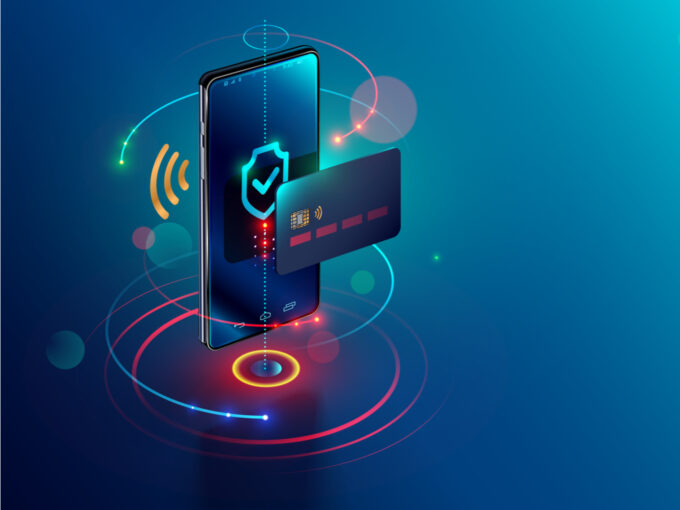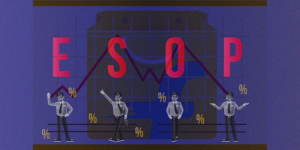The index stood at 217.74 in September 2020, and 270.59 in March 2021
As per a report by ACI-Worldwide, India retained the top spot in terms of digital transactions worldwide
The growth was led by UPI, which recorded transactions worth $970 Bn in CY21 — a year-on-year rise of over 110%

Digital payments in India have seen an exponential rise after the Covid-19 pandemic hit in March 2020. Testament to the deepening digital payments in India, the Reserve Bank of India (RBI) has recorded an index 40% year-on-year (YoY) growth to 304.06 in September 2021 against 217.74 in September 2020.
Formally announced in January 2021, RBI’s Digital Payment Index (RBI-DPI) aims to capture the penetration of digital payments, which includes payment enablers, payment infrastructure — demand-supply aspects, alongside payment performance and consumer centricity.
For this, the RBI had set the base year for DPI at 100 as of March 2018. The adoption and use of digital payments have increased significantly in the recent past, as shown by DPI’s bi-annual record.
Starting in March 2019, the index stood at 153.47. By September 2019, it rose to 173.49; followed by 207.94 in March 2020, 217.74 in September 2020, and 270.59 in March 2021.
The RBI-DPI comprises five broad parameters that enable the measurement of deepening and penetration of digital payments in the country over different time periods. These parameters and sub-parameters are:
- Payment Enablers (25%), such as banks, merchants, internet companies
- Payment Infrastructure – Demand-side factors (10%) such as cards, FASTags
- Payment Infrastructure – Supply-side factors (15%) such as ATM machines, bank branches, PoS terminals
- Payment Performance (45%) including value and volume of transactions, number of users
- Consumer Centricity (5%) based on awareness, education, system performance, etc.
The Growth Of Digital Payments In India
“While demonetisation and the Covid-19 pandemic lockdowns fuelled the growth of digital payments, several government and RBI initiatives and regulations have also contributed to this move towards a less-cash economy,” said Narayan ‘Naru’ Ramamoorthy, chief revenue officer, Global PayEX.
“The continued evolution of payment systems like NACH, both voluntary (payer initiated) and involuntary, open banking, NEFT, round the clock RTGS, increased limit for IMPS transactions, UPI, digital lending and cards have all significantly helped in achieving India’s vision of a digitally empowered economy. The emergence of improved technologies, cheap internet data, and high smartphone penetration have collectively supported a robust digital payment infrastructure, which is one of the key factors leading to this growth,” he added.
The digital payments market is expected to grow to INR 7,092 Tn in India by 2025 and the current 160 Mn unique mobile payment users are likely to multiply by five times to reach nearly 800 Mn by 2025. The digital payments growth in India has positioned the country as a global fintech leader, with online transactions growing at the rate of 80% in 2020.
As per a report by ACI Worldwide, India retained the top spot in terms of digital transactions worldwide with 25.5 Bn real-time payments transactions, followed by China. The growth was led by UPI, which recorded more than INR 73 Lakh Cr (approx $970 Bn) in CY21 — a year-on-year rise of over 110% as opposed to INR 33.87 Lakh Cr transaction in CY20.
RBI Regulating The Digital-First Financial Ecosystem
To facilitate the fintech sector in India via innovations and offer an undivided focus, RBI recently set up a fintech department. The new department, a spin-off from the department of payments and settlements system, will overlook regulations, identify opportunities and challenges, provide a research framework, and aid RBI with policy formation.
Among other policies/activities taking centre stage at RBI, the prominent ones include:
The setting up of a separate fintech department came shortly after the RBI issued a framework to enable small value digital payments in offline mode. Users will now be able to make small transactions (within INR 200) offline (without the use of internet or telecom connectivity) using channels or instruments such as cards, wallets and mobile devices.










